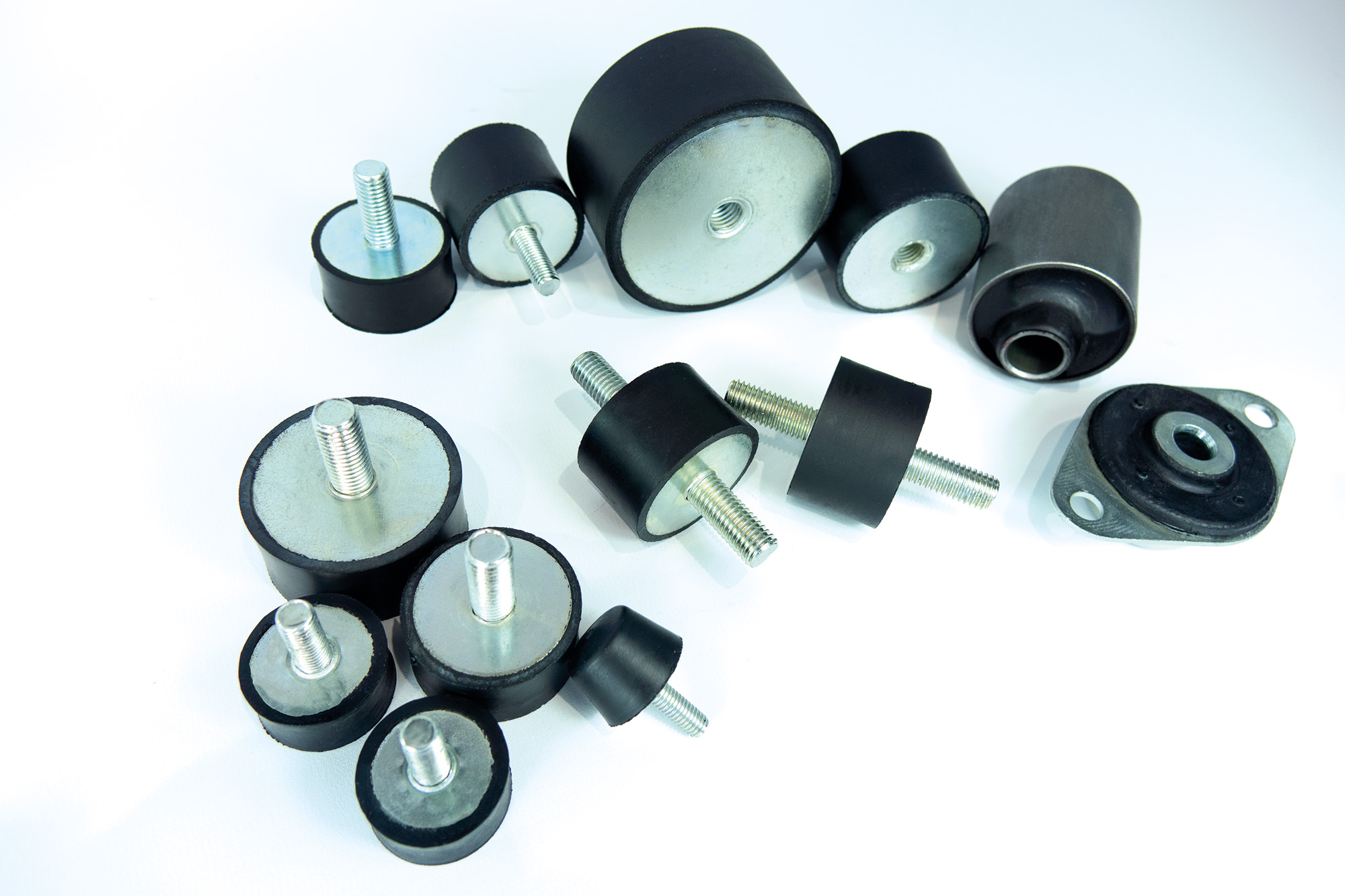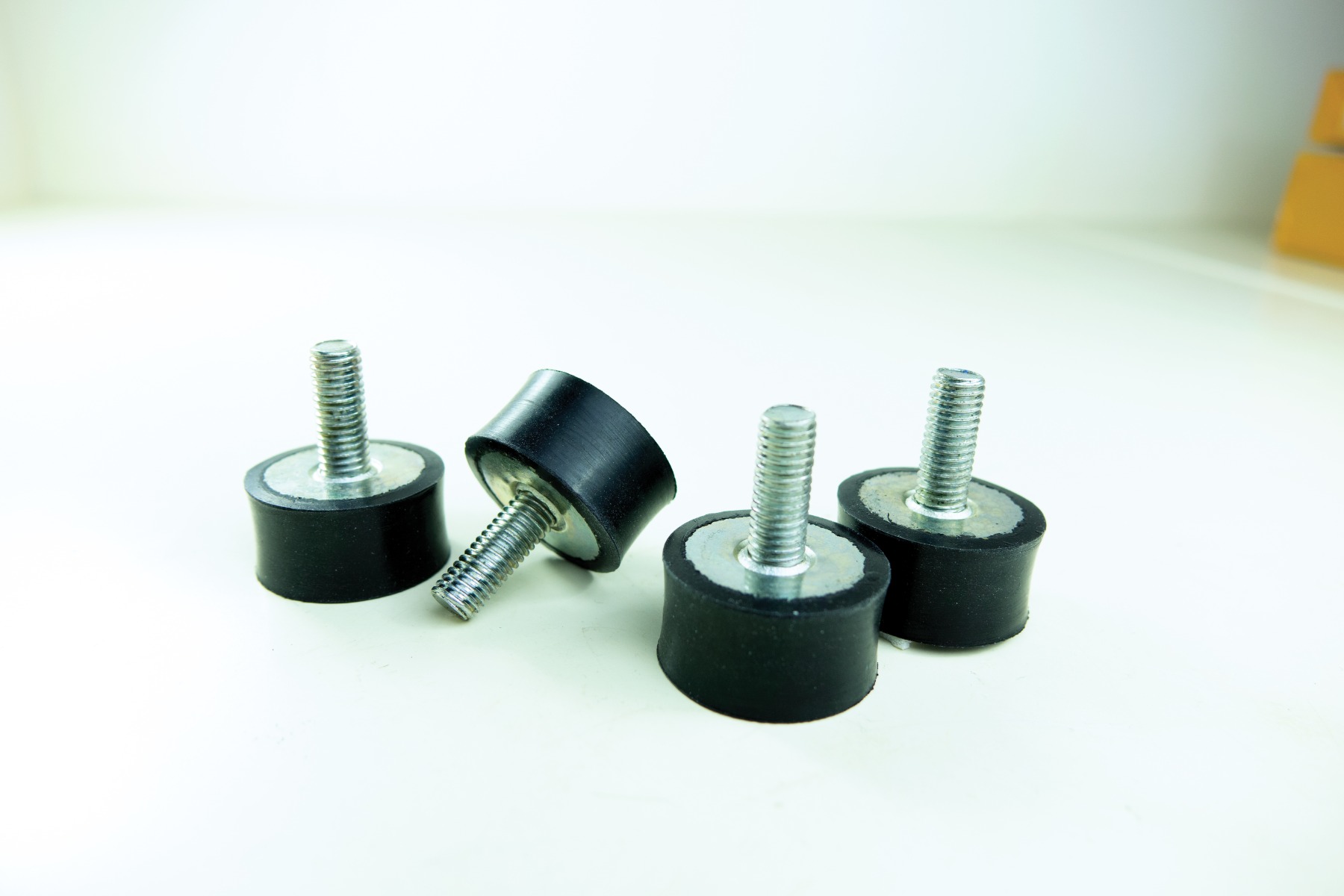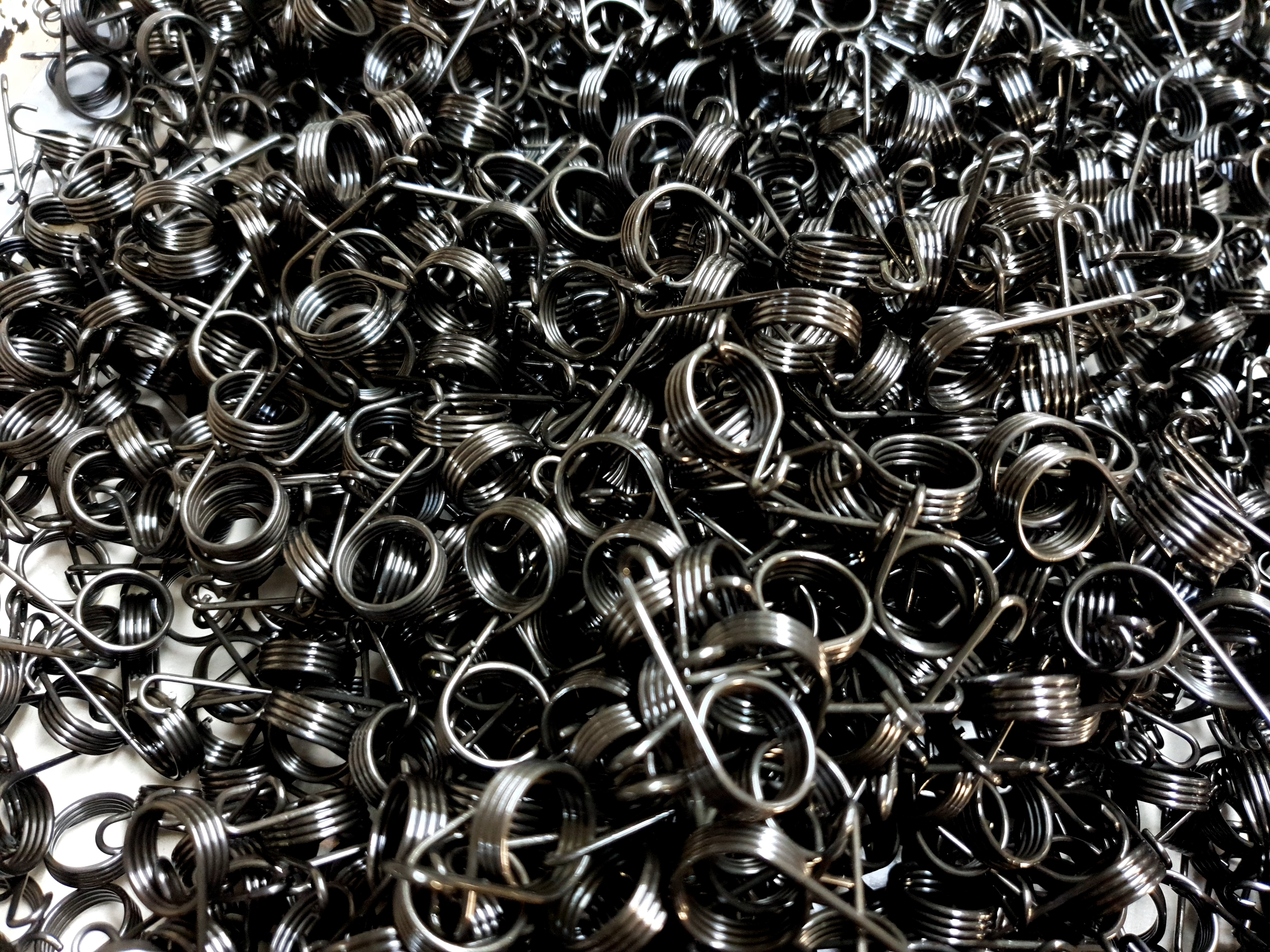We use cookies to make your experience better. To comply with the new e-Privacy directive, we need to ask for your consent to set the cookies. Learn more.
A Guide to Anti Vibration Mounts

Strong vibrations can cause significant damage to machinery over time. The repeated shock of these excessive movements regularly will put your machine's connected components under strain and eventually create a weakness that can lead to unexpected breaks. This is why AVMs were made. Anti Vibration mounts (AVMs) are an effective tool for limiting these vibrations to minimal levels and ensuring the longevity of your application.
What Are Anti Vibration Mounts?
Anti vibration mounts are small components found in machine construction to reduce or eliminate vibrations and noise. In some cases, larger machinery can have AVMs installed as conduits to transfer these vibrations to another location in the building. Due to their excellent shock-absorbing properties, most AVMs are made of rubber (or a combination of natural and other synthetic materials). This material supports their role in eliminating vibrations and noise.
AVMs reduce maintenance costs in the long run as they eliminate this potentially destructive vibration and reduce the number of repairs the associated machine will need during its life cycle. This is why almost every sector and industry invests in high-quality Anti vibration mounts, including manufacturing and defence.
How to Choose an Anti Vibration Mount?
With any application design, choosing the best AVM for your application requires you to consider several factors.
Identify the AVM load
The total weight it will endure should be accounted for. This factor will help dictate the type and number of mountings you need to install effective AVMs. In addition, the entire equipment weight and the centre of gravity should be noted. For example, a machine that weighs 340kg should be equipped with four rubber mounts to distribute the weight evenly.
AVM Vibration Dampening
There are additional factors that will dictate your choice of AVM beyond weight. These are dependent on the role the machine plays, but generally, they can include calculating the running speed to determine its running frequency and comparing this to the machine's lowest operating speed (usually idling). Static deflection is also a consideration for most machinery that needs AVMs.
Static deflection relates to the residual effect left behind after an applied load has been removed. For AVMs, this means how much the mount will compress under the weight of the vibrations. An increased static deflection will put the mount under strain.
Rubber AVMs are a popular choice as they provide a cost-effective solution to these issues and many more unique to many varied applications. In addition, reducing the impact of a machine's vibrations increases the life cycle significantly.
AVM Working Environment
Most AVMs (such as our Bobbins) are constructed from a metal core and a rubber jacket with significant strength but malleability to reduce the machine's vibrations. The type of materials used will vary from manufacturer to manufacturer, and not every material will be best suited for every application. These mounts will be exposed to oil, grease, chemical solvents, and acids that may affect their condition. Additionally, these components must work effectively within the same environment as the main machine. In general, natural rubber mounts are an effective material selection, but with the exception that they will not be installed under direct UV radiation as the sunlight will degrade the rubber. NBR or silicone is used in these applications as an artificial rubber.
AVM Temperature Tolerance
Another reason rubber is a popular choice for AVMs is that they have a high-performance rating in both hot and cold temperatures. Rubber mounts can work effectively in sustained temperatures up to 80°C (176°F) and can recover from short-term exposure to greater temperatures of 130°C (266°F). Rubber mounts can also handle cold temperatures as low as -30°C (-22°F) for long periods and shorter periods of -60°C (-76°F).
It should be noted that NBR rubber can only manage warmer temperatures of -30°C (-22°F) long term and will recover from short periods of -40°C (-40°F), but it has the advantage of working effectively for long periods with higher temperatures of 120°C (248°F) and even higher 150°C (302°F) for short periods. Silicone rubber, on the other hand, has a broader but more predictable temperature range of -60°C (-76°C) to 230°C (446°F).
If rubber coverings are used in inappropriate environments and exposed to temperatures exceeding their ratings, they may become increasingly pliable and brittle. This will degrade your mount and reduce its effectiveness in the long term.
As motion control manufacturers, we have a great deal of experience manufacturing high-quality AVMs. There are many different designs of AVM to suit the varied needs of many other applications; one of the most popular examples are anti vibration bobbins which can be used with an immense range of applications. Other examples are Stop Buffers, Truck Buffers and Levelling Feet. If you have any other questions about our range of high-quality AVMs, you can download our entire AVM catalogue here or contact our team directly.












